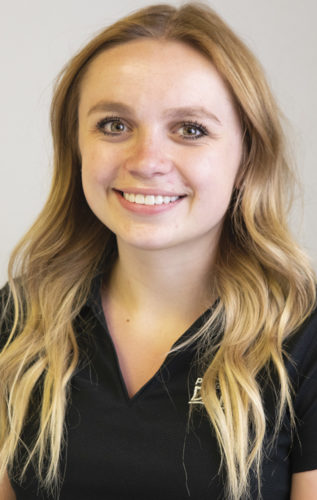To read this article in French, click here.
Industry members gathered online Oct. 10 to listen to Lactanet’s open industry session. Moderated by Filippo Miglior of the University of Guelph, the session included presentations from several Lactanet experts with open discussions and a question-and-answer portion.
Lactanet CEO Neil Petreny kicked things off with a corporate update, discussing a few areas the organization has been working on. This included changes to the Lifetime Performance Index (LPI), transition management, ProfiLab alerts for box time for robots and data connections. They are also building data connections with DeLaval, GEA, Lely, Afimilk, smaXtec, Qualitas and other companies with the aim to create real-time connections between farm and organization. Work is being done within Lactanet using artificial intelligence to identify differences in fatty acids, and automated milking systems continue to be a topic of conversation within the industry as the number of cows milked in a robot reaches 22% of the herds they work with.
Geneticist Hannah Sweett addressed concerns surrounding evaluations for type traits with an intermediate optimum value. Genetic evaluations are now published with a letter code instead of positive or negative signs. For example, Stature might be listed as 6T (T = Tall) as opposed to Stature +4.27. Sweett presented several display options that can be used online and discussed how the intermediate optimum can help “improve understanding of midscoring traits” and eliminate confusion surrounding linear breeding. Resources are available on Lactanet’s website to aid in understanding linear type traits.
Brian Van Doormaal presented new ideas surrounding the LPI. LPIs were first introduced in 1996. As dairying has evolved, there is now a need for a more accurate LPI that reflects the caliber of cows in production today. Van Doormaal presented how a “modernized LPI” will expand from production, durability, health and fertility, feed efficiency to now include production, longevity, health and welfare, reproduction, milkability and sustainability. Official subindexes will be created and published on their own, as well as combined in LPI.
Gerrit Kistemaker discussed sexed semen fertility ratings. Analyses show that individual bull fertility differs regarding sexed or conventional semen, and work is being done to provide evaluations on each type of semen. Data is pulled from artificial insemination (A.I.) stud records or milk recordings, though insemination records from each source don’t always indicate if a straw is conventional or sexed. Work will continue to provide the most accurate data to producers. Currently, there are eight Ayrshire, 124 Holstein and 17 Jersey bulls with both conventional and sexed semen official fertility ratings. The organization hopes to display ratings on their website in early 2024.
Regarding one of the larger topics of discussion in 2023, Allison Fleming addressed legalities surrounding calf recumbency. While the name of this genetic recessive is still to be determined (some might refer to it as Holstein Muscle Weakness), organizations across the U.S. and Canada are collaborating to determine what action will be taken next. Fleming discussed when the recessive gene first appeared in the Holstein breed (1984) and identified several bulls that influenced the spread. Testing done in 2023 showed that 97% of gene-tested A.I. bulls are free of the recessive gene. The Council on Dairy Cattle Breeding and the USDA Animal Genomics and Improvement Laboratory are working on developing a haplotype test and calculating carrier probabilities. Fleming noted that genomics aid in “progression of herds and regression of ‘bad genes.’” She also encouraged attendees to “report anything unusual” that might be found in herds to find recessives like this sooner.
Van Doormaal outlined the Lactanet Resolutions program. This program allows licensed dairy producers to submit ideas. Van Doormaal acknowledged past resolution submissions and gave examples of how producers can contribute ideas, participate in discussions and vote on proposed resolutions online. Since the program’s inception in 2021, 40 resolutions have been approved. Most resolutions are relevant to herd management or genetics. The organization is currently working on resolutions related to genetic diversity, haplotype publication, genetic data and utilization of an inbreeding calculator. 2024 resolution submissions are now open.
The question-and-answer portion of the session was lively, with many questions surrounding versions of intermediate optimum trait displays, modernizing LPIs, sexed semen fertility ratings and Holstein Muscle Weakness.
To view presentations given during the open industry session, visit the Lactanet website.







